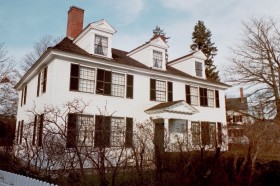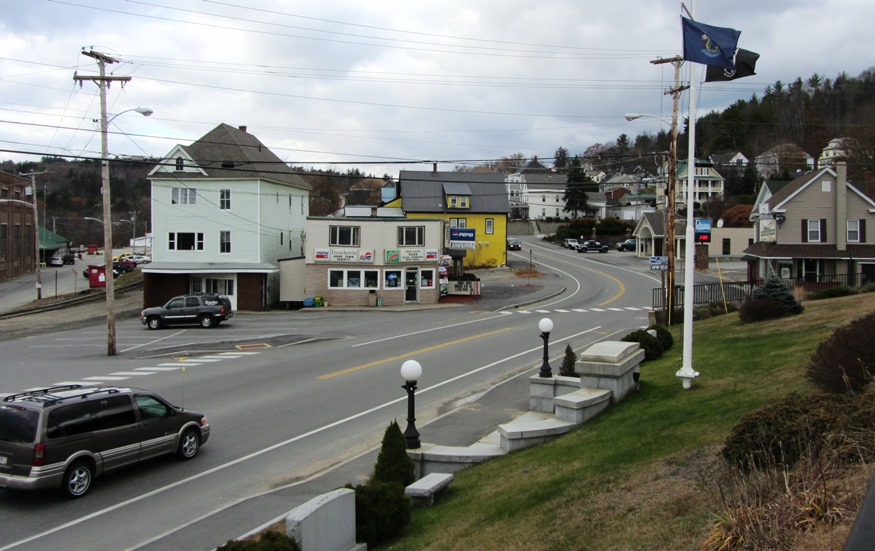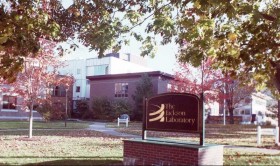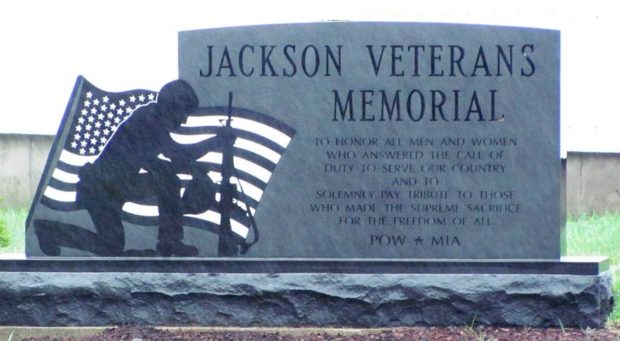Folklore
The Maine Folklife Center collected interviews (recorded on paper and audio and moving image media) from the 1960’s until early in the 21st Century. Founded by University of Maine professor Edward “Sandy” Ives and located at the university, the Center had its support severely limited in recent years. The collection and access to it was…






![Knox Mansion Montpelier, reconstruction (2001) Knox Mansion Montpelier [reconstruction] (2001)](https://maineanencyclopedia.com/wp-content/uploads/knoxman2-180x119.jpg)
